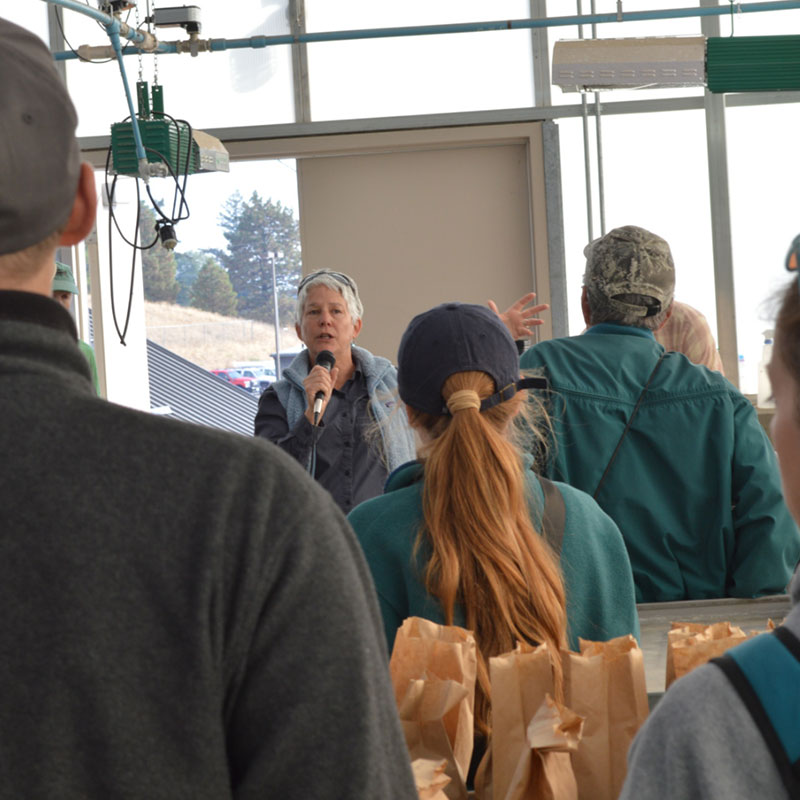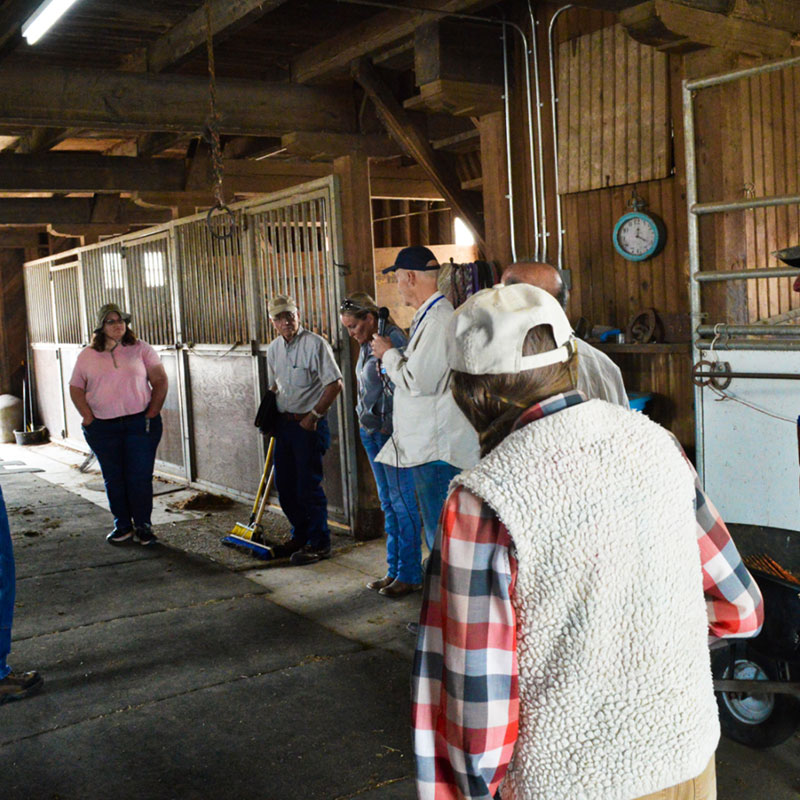Thank you to Lynne Breese and Claudia Ingham for providing the following recaps from our PNW SRM Annual Meeting in Cheney, Washington on October 5-7, 2022. We look forward to continuing to connect in 2023!










PNW Annual Meeting Review
By Lynne Breese
The creative thinking, plus time and effort which “Team Washington” put into creating the PNW Annual Fall Meeting paid off: the tours and meeting (and food 😀) were fantastic. Starting with the opening night social, it was so special to see old friends and make new friends. Speaking of “old” friends, Andy McDonald from BC celebrated his 92nd birthday on April 27 and is looking forward to his 93rd birthday when the McDonald Ranch celebrates its 100th birthday. Andy commented, “I am sad that I missed out on the first 7 years of the ranch!” It was also fun to remind BC’er Mike Malmberg how much we all miss the fantastic fruit pies which he used to bring to the Silent Auction.
Energetic range students did presentations and introduced us to learning through posters. For “out of staters”, it was good to learn more about Eastern Washington University, which frankly, many of us were only vaguely aware of. It was obvious that the students were enthusiastic about their research topics, and as they answered questions, we could see their curiosity expanding. Topics presented included “Surface Water and Groundwater Interactions in Irrigated and Non-irrigated Fields”, “Effects of a Decade of Grazing Exclusion on Three Wyoming Big Sagebrush Community Types”, and “Targeted Grazing of Teasel with Sheep in Riparian in Conservation Habitats”.
Heading out to Hangman Creek Restoration, it was good to see Palouse country and be reminded again about the last ice age, and the periodical sweeping and piling of loess across eastern Washington. We were always impressed to see evidence of the great Missoula Floods which flowed down to the Columbia River Gorge and on to what we now know as the Willamette Valley of Oregon. Presenters Cameron Heusser and Bruce Kinkead “walked” us through the ongoing restoration project which is looking very positive.
Moving on to “Cropping Systems in the Palouse”, Ryan Tippett of The Mc Gregor Co., introduced us to the ongoing research between WSU, OSU and McGregor Co. It takes a lot of research to grow sustainable crops and get grain to markets around the world. Research includes developing genetic wheat seeds favorable to this area, and the correct lowest level of proper fertilizers to make the highest yields. Without the lower Snake River Dams, there is no practical way to get the harvest to market. Once again, we were reminded of John Buckhouse’ adage, “Simple convincing solutions to complex problems, are always wrong!”
The banquet was very tasty and lots of it. At the Silent Auction it was fun to write other people’s name on items! The closing lecture by Dr. Becky Brown really helped us see the problems involved it restoring native prairie. How hard can it be to throw a bunch of native seeds on the ground and watch them grow? Come to find out, it takes head-scratching, and research just to find out what native prairie is and where and how to grow the seeds that make it like it once was.
Thanks again to Team Washington for creating a great face-to-face adventure to get PNW SRM “back to normal”!
PNW Annual Meeting Review – Last Stop on October 6, 2022
By Claudia Ingham
Late in the afternoon, our PNW group made its last educational stop of the day at Eastern Washington University’s Teaching Laboratory located on the Turnbull National Wildlife Refuge. Dr. Justin Bastow described the activities of students enrolled in the many biology classes and future plans to expand the classroom facility. From him, we learned that managers allow a limited elk hunt on the refuge to reduce elk browsing on aspen. We were awed to learn about the three spine stickleback fish which, although native to a few places in North America, is a serious pest in the waterways of the refuge. The three spine stickleback is not endemic to Eastern Washington and the ability of this 5cm (2-inch) long fish to move through groundwater has complicated its control.
